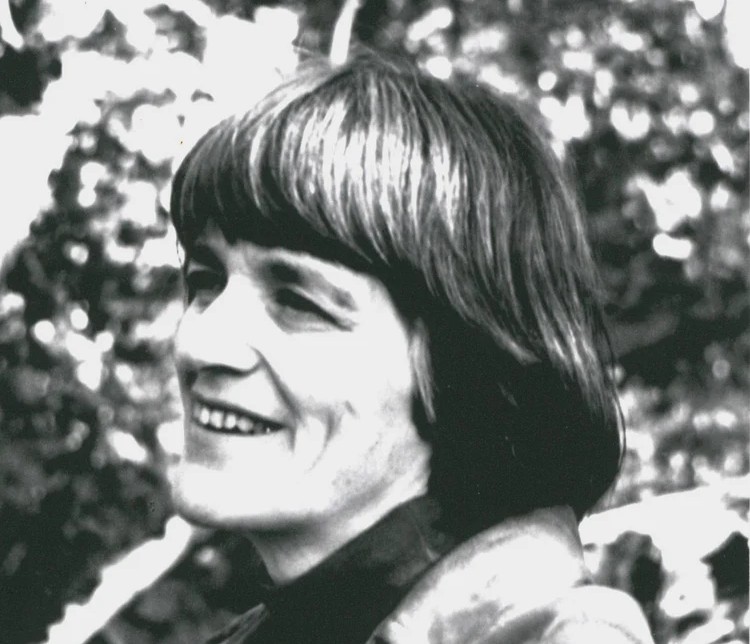“Three Chants” for flute by Ann Silsbee
Ann Loomis Silsbee was a composer and poet deeply involved with the music of her time; she was an active member of the New York Women Composers, the American Composers Alliance, the International League of Women Composers, and several other collectives and organizations devoted to promoting the work of women. A composition student of Irving Fine, Earl George, and Karel Husa, she received her doctorate in composition from Cornell, though she would later turn entirely to poetry as her chosen “major art.”
Silsbee’s works tend to hold what we, as flutists familiar with Jolivet or Bozza, might refer to as a sense of mysticism. They echo; they swirl and invoke. With explicit invocations, too – in Runemusic (for solo cello) she assigns twelve musical fragments as her twelve runes to transform; in Letter from a Field Biologist (for two pianos, premiered by herself and Julius Eastman) she describes the swelling and ebbing torrent of a monarch butterfly migration.
In her 1977 Three Chants (finally typeset in 2022), the flute vibrates and shivers; it sings songs lush and strange. Layered throughout the three movements (also playable on their own, per the composer’s guidelines, and on alto flute or bass flute) are numerous extended techniques. They include singing and playing, multiphonics, quarter tones, tongue attacks, air sounds, and careful reverberation, and the extended techniques are just as developmentally important as motive transformation.
The first movement, Ensoleille, opens with two lush timbral trills, beginning on a C# (with a pickup from a low D), supported by the voice. The second theme interjects. A third timbral trill, on C, leads back to C# – this time transformed, a tremolo using the low D. First movement, second page. Multiphonics are used as tone color to increase tension in restatements of the themes. Here, the second theme’s rhythm is pulled and twisted.
The second movement, aptly named Frisson (“shiver,” “fragment”), uses a variety of textures when repeating notes. Each repetition ends with a dissolution of the note in some form.
One of Silsbee’s techniques, explicit reverberation, is not often seen in flute literature. The flutist is instructed to (optionally) play the marked notes into a piano with the lid up and the damper pedal depressed, creating a lingering ambience. This today might be replicated with a reverb pedal and/or effect.
The opening of the third movement, Refrain, includes where to apply reverberation.
It has been such a pleasure to be able to work on, and with, Ann’s music. She has rather transformed my conception of how music can be structured and shaped. I would also very much recommend her poetry; her book “Orioling,” published in 2003 (the year she died), is lovely.
-Henry Gale
For a perusal score, click here.
The score is available for $16.00 at THREE CHANTS

